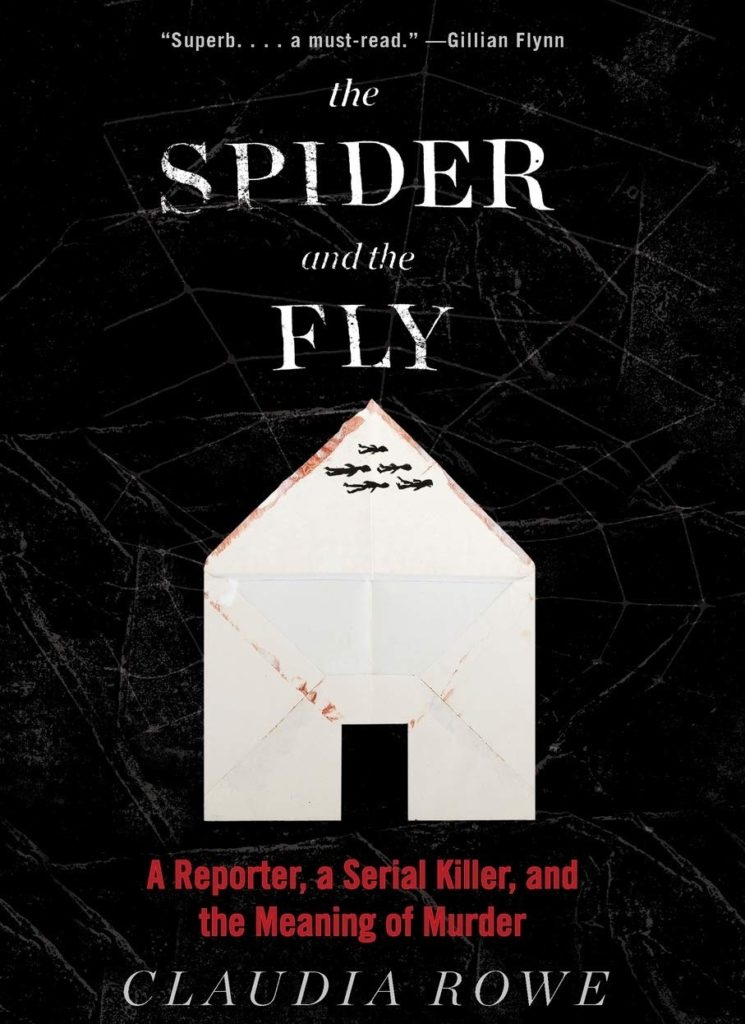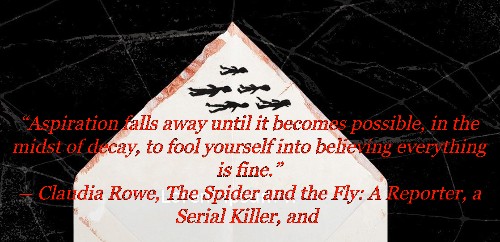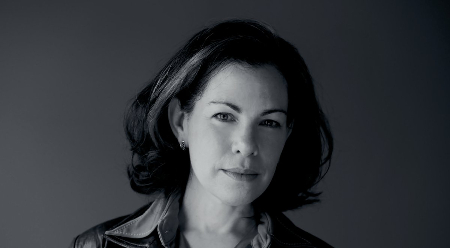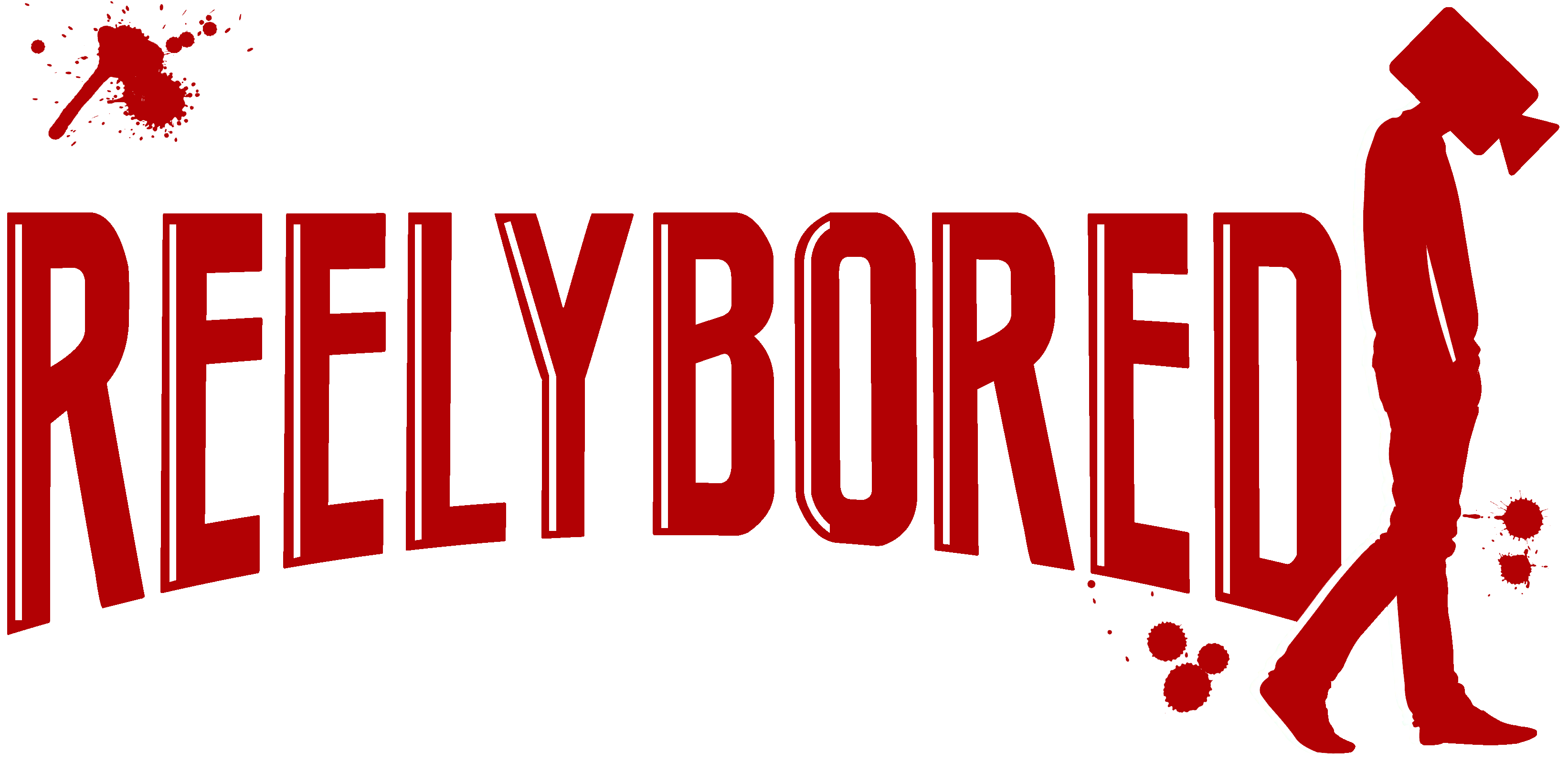
In September 1998, young reporter Claudia Rowe was working as a stringer for the New York Times in Poughkeepsie, New York, when local police discovered the bodies of eight women stashed in the attic and basement of the small colonial home that Kendall Francois, a painfully polite twenty-seven-year-old community college student, shared with his parents and sister.
Growing up amid the safe, bourgeois affluence of New York City, Rowe had always been secretly fascinated by the darkness and soon became obsessed with the story and with Francois. She was consumed with the desire to understand just how a man could abduct and strangle eight women—and how a family could live for two years, seemingly unaware, in a house with the victims’ rotting corpses. She also hoped to uncover what humanity, if any, a murderer could maintain in the wake of such monstrous evil.
Reaching out after Francois was arrested, Rowe and the serial killer began a dizzying four-year conversation about cruelty, compassion, and control; an unusual and provocative relationship that would eventually lead her to the abyss, forcing her to clearly see herself and her own past—and why she was drawn to danger.
True Crime Book Review: The Spider and the Fly
The title itself, The Spider and the Fly has an eerie “sound” when read out loud. I must say, however, that I had no inclinations whatsoever to its meaning. The book is about an author, Claudia Rowe (presumably the fly), and her relationship with serial killer, Kendall Francois (the spider). After a game of cat and mouse, the pair finally come face to face in a climactic showdown ala Clarice and Buffalo Bill in The Silence of the Lamb. This is what I expected. But that would be too simple, too cliché. And so, I Googled the title in hopes of discovering some sort of correlation between a fly and a spider, the book’s namesake, and stumbled onto this article:
“Symbiotic Relationship between Spider and Fly
The archetypal example of a predator-prey relationship is the spider and the fly, the idea of these two creatures being in a relationship that didn’t involve eating or being eaten would be farfetched, to say the least… The fly appeared to move with the spider. I encouraged the spider to move again and took a closer look, and sure enough, the fly was not being consumed, but was hiding underneath the spider.” Click here to read the entirety of the article
The fly, although the seeming prey in this situation, served a purpose that, for lack of a better word, helped the spider. In this case, it cleaned the spider’s fangs after a meal. There was a sort of codependent relationship. I knew then that The Spider and the Fly would be a different kind of true-crime book than what I am used to reading.
It was to my great excitement, surprise, and detriment that, in the first few pages there were mentions of Dutchess County, Poughkeepsie, and Vassar College. This is a locale that I am familiar with as it resides within the confines of my hometown in the Hudson Valley in New York. I was shocked as I had no idea that Rowe hailed from this part of the country when the events described in the book took place. Furthermore, I knew nothing about this story, let alone a serial killer in the area. I gulped at the thought.

Then, another idea came to mind. Could this story be the basis and inspiration for the 2007 found footage film, The Poughkeepsie Tapes? Two whammies already! One, the story takes place in an area I frequent often, and two, I stumbled onto the real story that served as an inspiration for a horror film I was a mild fan of. Alas, The Poughkeepsie Tapes had nothing to do with this case. The film was not even filmed in Poughkeepsie, let alone New York. No, it was filmed in sunny California. The director chose to use the name of the city because he thought it was a fitting location after driving through the town/city and noting how creepy it is. Thanks? Still, there was, indeed, a serial killer loose on the streets of Poughkeepsie from 1996 – 1998 until he eventually confessed to killing eight women.
Claudia Rowe, a journalist for the New York Times, was drawn to Francois after admitting to the crimes confessing to the string of disappearances and murders. This turned into what I can only describe as an obsession and morbid fascination that enveloped Rowe and her life. There is somewhat of a backstory to Rowe’s behaviors. She delves into her past as a youth, her relationship with her mother, and her attraction to the darker, less spoken-about aspects of life – the side that is kept hidden. This attraction leads her straight to Kendall Francois where an interesting and terrifying semi-quasi relationship unfolds. Rowe pries herself into the life, and mind, of Francois where she hopes to gain more insight into why he committed the heinous acts. But, this came at a price. Francois did not sit idly as she asked her questions. No, he wanted something in return – he wanted to know her. Rowe visited Francois in prison, they spoke on the phone at all hours of the day – they fed off of one another, a symbiotic relationship. At times, it seemed to me, that they walked that fine line of getting too close.
The Spider and the Fly was part memoir and part true crime. We get insight into Claudia Rowe’s life before, during, and after her stint with Francois and its consequences. We are right along with Rowe while also trying to come to grips with this enigma of a man and sharing the frustrations of not being able to get through to him. Why is he being so kind and friendly to her? Is he just looking for a friend or just humoring her for his benefit and eye candy? The Spider and the Fly is different from other true-crime books I’ve read where this delved into the psyche of two minds from opposite ends of society and social class – two separate narratives told by a single person, Rowe. It was a fascinating study of human character, one out in the world and the other confined within the walls of a jail cell in prison. However, it can be argued that Rowe’s obsession with Francois also confines her within walls to an extent and leads to their consequences.
In conclusion, one can argue that The Spider and the Fly leaned more towards memoir than true crime. I cannot argue with that sentiment as it is in fact the story of Claudia Rowe with Francois as the protagonist. It is as much her story as it is his. After finishing the book I could not help but wonder to myself if it was all worth it. Were the sacrifices made worth it for the sole purpose of the book? To me, no. Rowe portrayed herself as a lost soul in search, or in need of, something. It could be that confronting Francois was a metaphor for confronting her very own demons. Whatever the case may be Rowe wrote a hell of a book despite not necessarily getting everything she might have wanted from the serial killer. On the contrary, she might have been able to come to some conclusions about herself.

